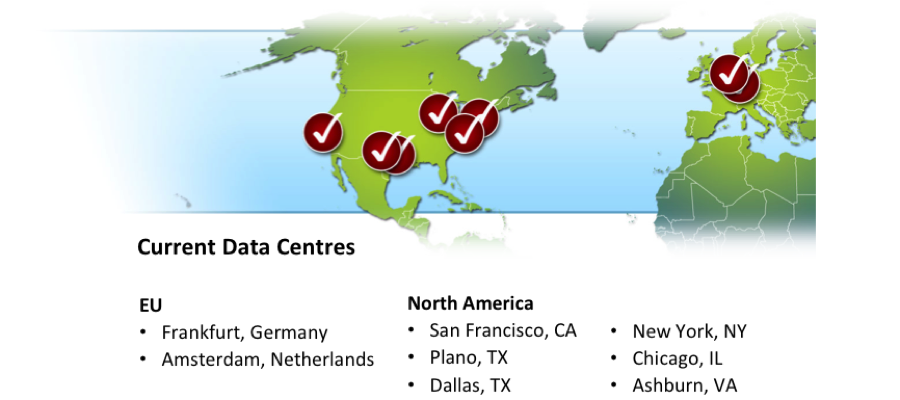Does your technology provider win the gold medal for infrastructure?
 With the Olympics just around the corner, it’s not just athletes that are undergoing intense preparations in anticipation of record-breaking performance, but also many technology and infrastructure providers. Just in the past two months, outages from Amazon Web Services prompted outcries from many startups (including Netflix, Pinterest, Instagram, Quora) and their customers. It’s no wonder that infrastructure uptime and reliability are top of mind these days.
With the Olympics just around the corner, it’s not just athletes that are undergoing intense preparations in anticipation of record-breaking performance, but also many technology and infrastructure providers. Just in the past two months, outages from Amazon Web Services prompted outcries from many startups (including Netflix, Pinterest, Instagram, Quora) and their customers. It’s no wonder that infrastructure uptime and reliability are top of mind these days.
The intensified demand and consequent risk for London’s data centres during the Olympics was identified as early on as 2008, with some companies even suggesting that the official energy supplier to the 2012 Games would have to limit the energy it supplied to other organisations in central London in order to guarantee supplies to the Olympic Park and other venue. One such company, Interxion, is actually going so far as to install sleeping pods at its London data centre campus, so that on-call engineers can be on site 24-7 to ensure uptime for its customers.
While we don’t have engineers in sleeping pods at our EU data centres, our vigilance and dedication to customer performance requirements is upheld at Olympic standards. {rr} is built on a fully redundant self-healing service. Each of our seven data centres runs as a separate standing replicate of the others. Not only are all of our front-end data centres geographically load balanced within the EU and around the globe, they also failover to a secondary and tertiary data centre or region.

In the EU, where we have ISO 27001 certified data centres in Amsterdam and Frankfurt, we serve on average 450 requests per second and peak this time of year at around 1000 RPS in aggregate from our two data centres. That’s about 38,880,000 requests per day, with an average response time of 70 ms or better.
Globally, one test is run every 11 seconds across 26 cities to verify response rate and availability. We pick cities not only for diversified locations but also for carrier (ISP), to best capture any anomalies that a region may have. In this manner, we can capture latency, bad content, timeouts, etc. Our response times average a sub 80 ms per response, with individual data centres that use local responses (3 cities within 100 miles of data centre), averaging sub 40 ms.
Therefore, rest assured. No matter the sporting event – Olympics, European Championships, Wimbledon, Formula 1, or Tour De France—our fully redundant, self-healing data centres go the extra mile for you.



